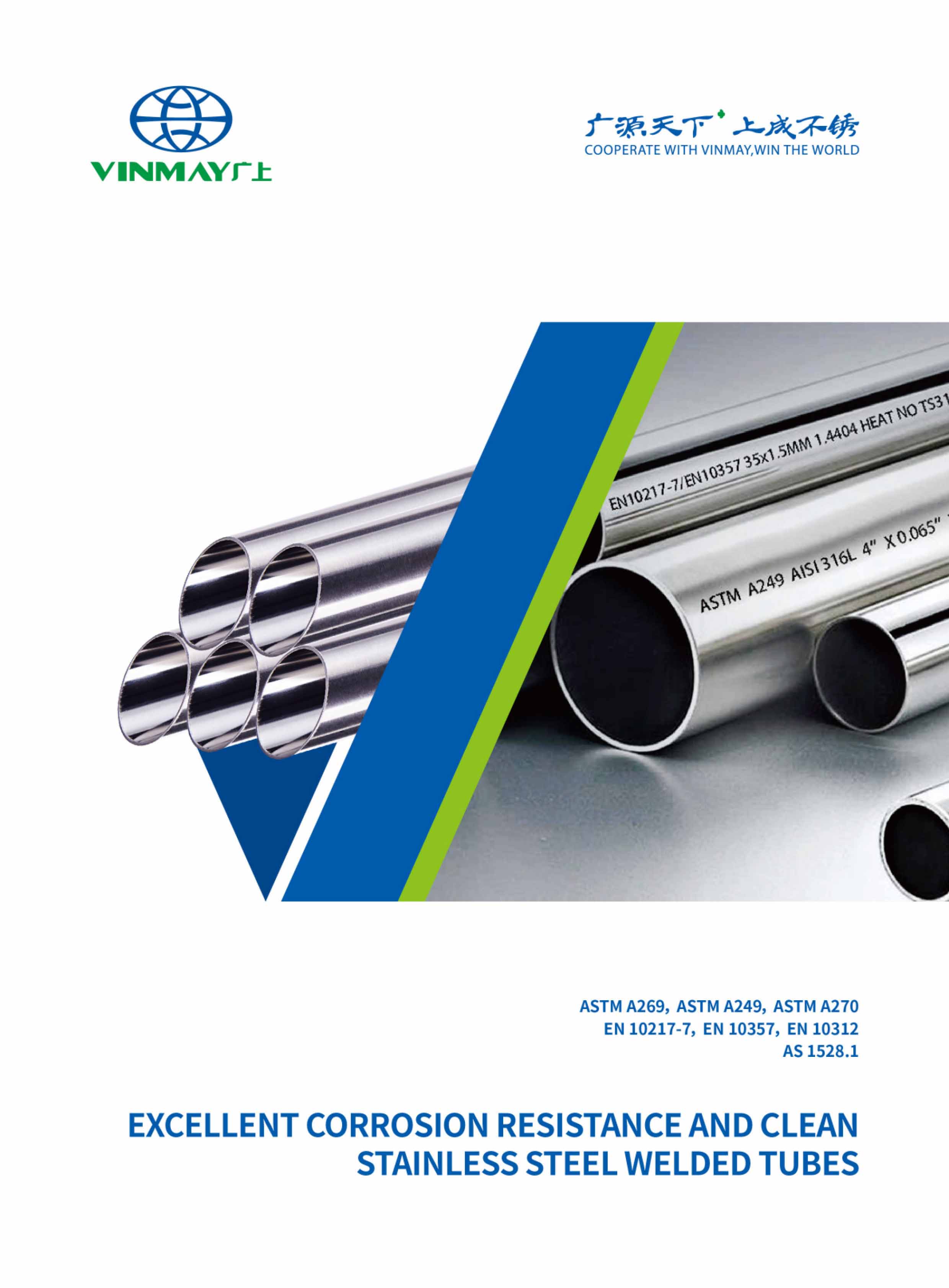The resilience and the life expectancy of 304 stainless steel have long been acknowledged in various industries, attributing to its outstanding corrosion resistance features and robust composition. However, beyond its standard the life expectancy of 304 stainles steel, recent studies have hinted at potential variables that could influence the durability of this alloy, prompting a closer examination into the factors impacting its lifespan. Understanding these nuances could provide invaluable insights into optimizing the performance and life expectancy of 304 stainless steel, revolutionizing its applications and reliability in the ever-evolving landscape of materials engineering.
Being a widely used stainless steel grade in various industries, 304 Stainless Steel is known for its excellent corrosion resistance properties and durability. This grade of stainless steel contains a minimum of 18% chromium and 8% nickel, making it highly resistant to corrosion in various environments. The alloy compositions of 304 stainless steel also include up to 0.08% carbon, 2% manganese, and 1% silicon, contributing to its strength and formability.
The chromium content in 304 stainless steel plays a crucial role in its corrosion resistance by forming a passive oxide layer on the surface when exposed to oxygen. This protective layer helps prevent rust and corrosion, making 304 stainless steel suitable for a wide range of applications requiring durability and longevity.
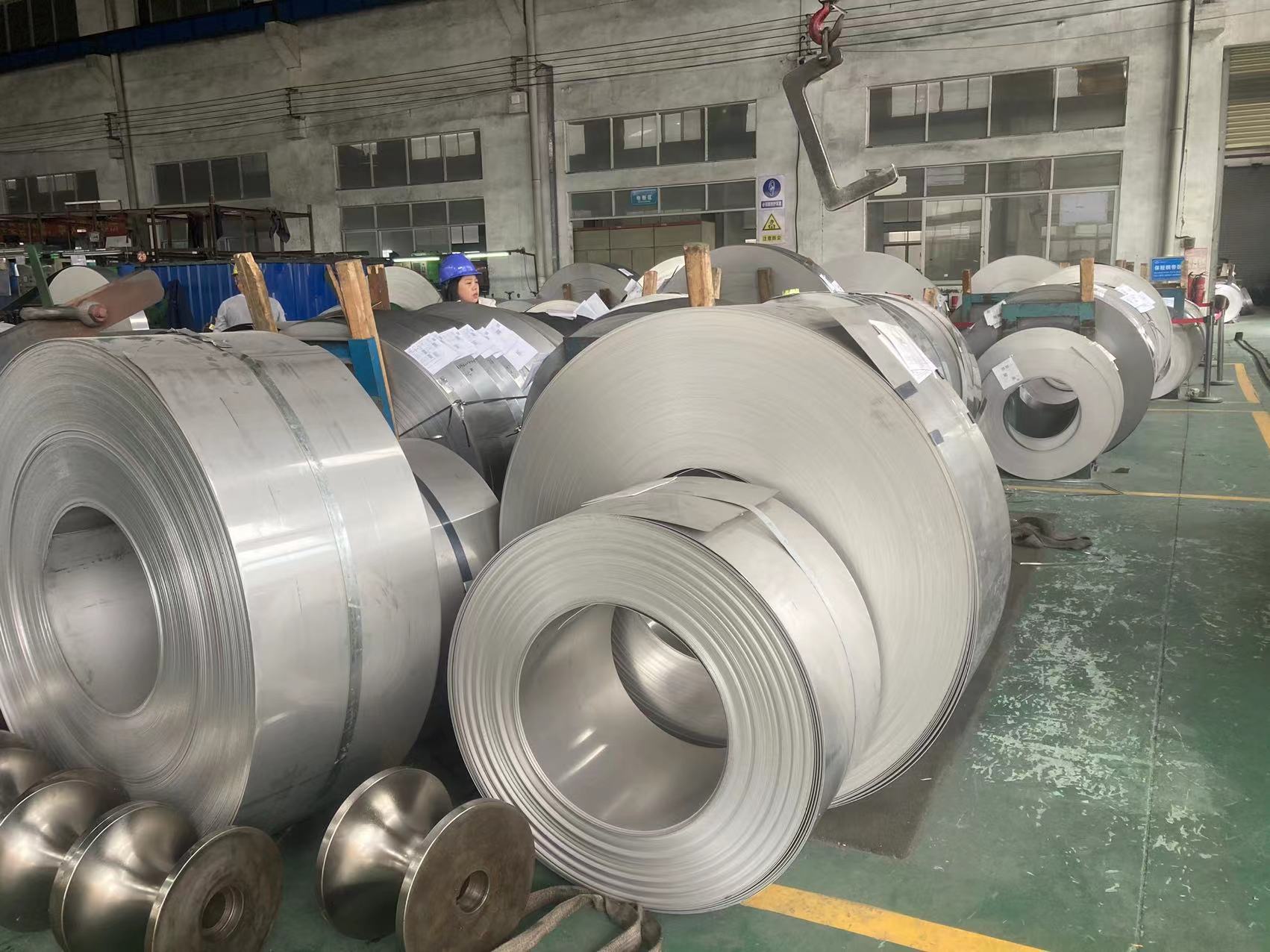
Commonly utilized in a variety of industries, 304 stainless steel is favored for its exceptional corrosion resistance and durability, making it a reliable choice for stainless steel pipe applications. The longevity factors of 304 stainless steel make it ideal for usage applications where extended the life expectancy of 304 stainless steel and low maintenance are essential.
Industries such as food processing, chemical processing, architecture, and medical equipment heavily rely on 304 stainless steel for its corrosion prevention properties. Market trends indicate a steady demand for 304 stainless steel due to its versatility and ability to withstand harsh environments.
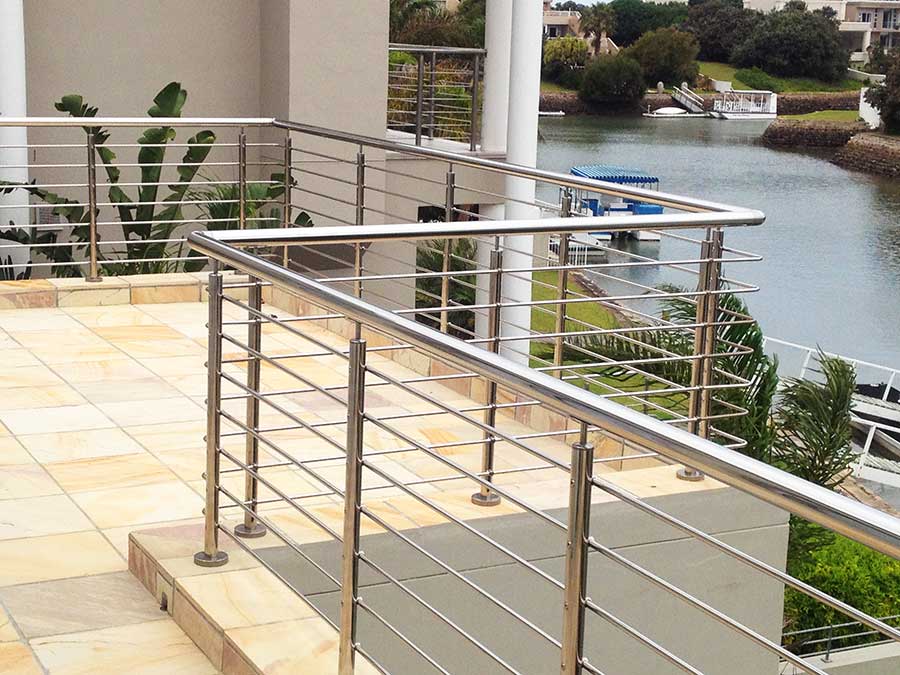
Corrosion, a naturally occurring process, poses a significant challenge to the long-term durability of stainless steel, such as the 304 grade. Corrosion prevention is key to maintaining the integrity of stainless steel.
Rust prevention methods, such as proper surface protection, play an essential role in enhancing the longevity factors of stainless steel products like 304 stainless steel welded pipes.
Regular maintenance, including avoiding the use of abrasive materials and ensuring proper cleaning techniques, is important to prevent corrosion.
Adherence to specific preservation methods, understanding the characteristics of stainless steel tubing, and compliance with wall thickness requirements are essential for the extended service life of stainless steel pipes.
Chromium plays an important role in enhancing the corrosion resistance of 304 stainless steel through the formation of a protective oxide layer. The chromium composition in 304 stainless steel reacts with oxygen to create this essential oxide layer, preventing rust formation and ensuring stainless steel material durability.
This corrosion prevention mechanism is significant in various applications where stainless steel is exposed to environmental factors that may lead to degradation. By understanding the environmental impact of corrosion on metals, the importance of chromium in stainless steel becomes evident.
The protective layer formed by chromium not only prolongs the life expectancy of 304 stainless steel but also contributes to sustainable practices by reducing the need for frequent replacements and minimizing material waste.
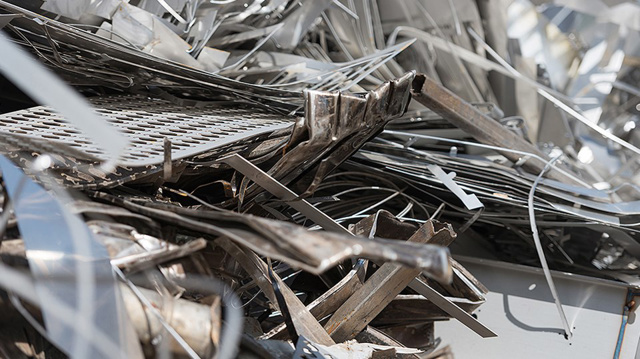
Stainless steel, renowned for its durability and versatility in various applications, stands out as a highly recyclable material with a lifespan exceeding fifty years. This material, specifically the 304 stainless steel variant, offers exceptional sustainability and properties that make it a top choice in numerous industries.
Some key points to note include:
Stainless steel's unique properties, including corrosion resistance and strength, make it ideal for diverse applications. Additionally, its recyclability ensures that the material can be reused efficiently without compromising its essential characteristics. This makes stainless steel not only a reliable option for various projects but also a sustainable choice for the environment.
Factors affecting the durability of 304 stainless steel include environmental conditions, surface finish quality, and the estimated pit penetration times.
The environment plays a significant role in the corrosion resistance of stainless steel, with exposure to harsh chemicals or high humidity impacting its longevity.
Additionally, the surface finish of 304 stainless steel is vital as imperfections can act as initiation sites for corrosion, while understanding the estimated pit penetration times aids in predicting the material's lifespan.
The environmental conditions play an essential role in determining the life expectancy of 304 stainless steel in various applications.
Environmental impact: External factors can accelerate corrosion
Corrosion prevention: Proper coatings and maintenance are essential.
Sustainability measures: Recycling and responsible disposal practices contribute to longevity.
The longevity factors of 304 stainless steel are closely tied to its ability to withstand environmental challenges. Understanding the material characteristics, such as its resistance to specific chemicals and atmospheres, is critical for ensuring its extended lifespan. Implementing corrosion prevention techniques and sustainable measures not only enhance the durability of 304 stainless steel but also contribute to its overall environmental impact and long-term performance.Understanding the importance of surface finish is essential in evaluating the durability of 304 stainless steel in various applications. Surface treatment techniques play a key role in enhancing corrosion prevention methods and ensuring surface finish durability.
Proper maintenance practices can have a major impact on the longevity of stainless steel products, including 304 stainless steel. The type of surface finish applied to 304 stainless steel can directly affect its overall lifespan and performance in different environments.
Hence, selecting the appropriate surface finish is essential for maximizing the durability and the life expectancy of 304 stainless steel products. By considering surface treatment techniques and maintenance practices, one can optimize the surface finish to improve the performance and the life expectancy of 304 stainless steel.
In evaluating the durability of 304 stainless steel, the estimation of pit penetration times serves as an important factor determining its longevity and performance under varying environmental conditions.
Corrosion prevention plays a pivotal role in extending the material life expectancy of 304 stainless steel.
Understanding pit penetration depths is essential for implementing effective surface protection strategies.
Environmental impact assessments are essential in determining the overall resilience of 304 stainless steel against corrosive elements.
The factors that contribute to the short life expectancy of 304 stainless steel pipes include exposure to harsh environments, improper processing and installation techniques, and inadequate cleaning and maintenance practices.
Improper handling and environmental conditions greatly impact the life expectacy of 304 stainless steel pipes used in harsh environments.
304 stainless steel pipe possesses inherent resistance to atmospheric oxidation and corrosion when exposed to environments containing acid, alkali, and salt. The price of 304 stainless steel pipe is highly competitive. Nevertheless, its corrosion resistance is influenced by factors such as chemical composition, interaction state, operating conditions, and environmental medium.
Could the presence of iron filings during processing and installation be a significant factor contributing to the shortened lifespan of 304 stainless steel pipes? Proper handling and surface protection are crucial in preventing iron contamination that leads to rust. Implementing rust prevention techniques and maintenance practices can extend the longevity of stainless steel products. Careful removal of iron residues before installation and applying protective coatings post-installation are essential steps. Below is a table summarizing key factors affecting the lifespan of 304 stainless steel pipes:
| Factors | Impact |
|---|---|
| Iron contamination | Leads to rust if not removed |
| Proper handling | Prevents surface damage |
| Surface protection | Shields against environmental factors |
| Maintenance techniques | Ensures long-term durability |
During the cleaning process, refrain from utilizing steel balls or brushes to eliminate water stains from the surface of stainless steel pipes, as this could result in scratching. Additionally, avoid using bleach and abrasive detergents, including those with acidic or alkaline properties. Conclude by thoroughly rinsing the surface of the 304 stainless steel pipes with clean water.
304 stainless steel pipes are an environmentally friendly material. Ensuring proper usage and maintenance can extend their lifespan. It's crucial to select a reputable brand of 304 stainless steel pipes to guarantee their quality and maximize their longevity.
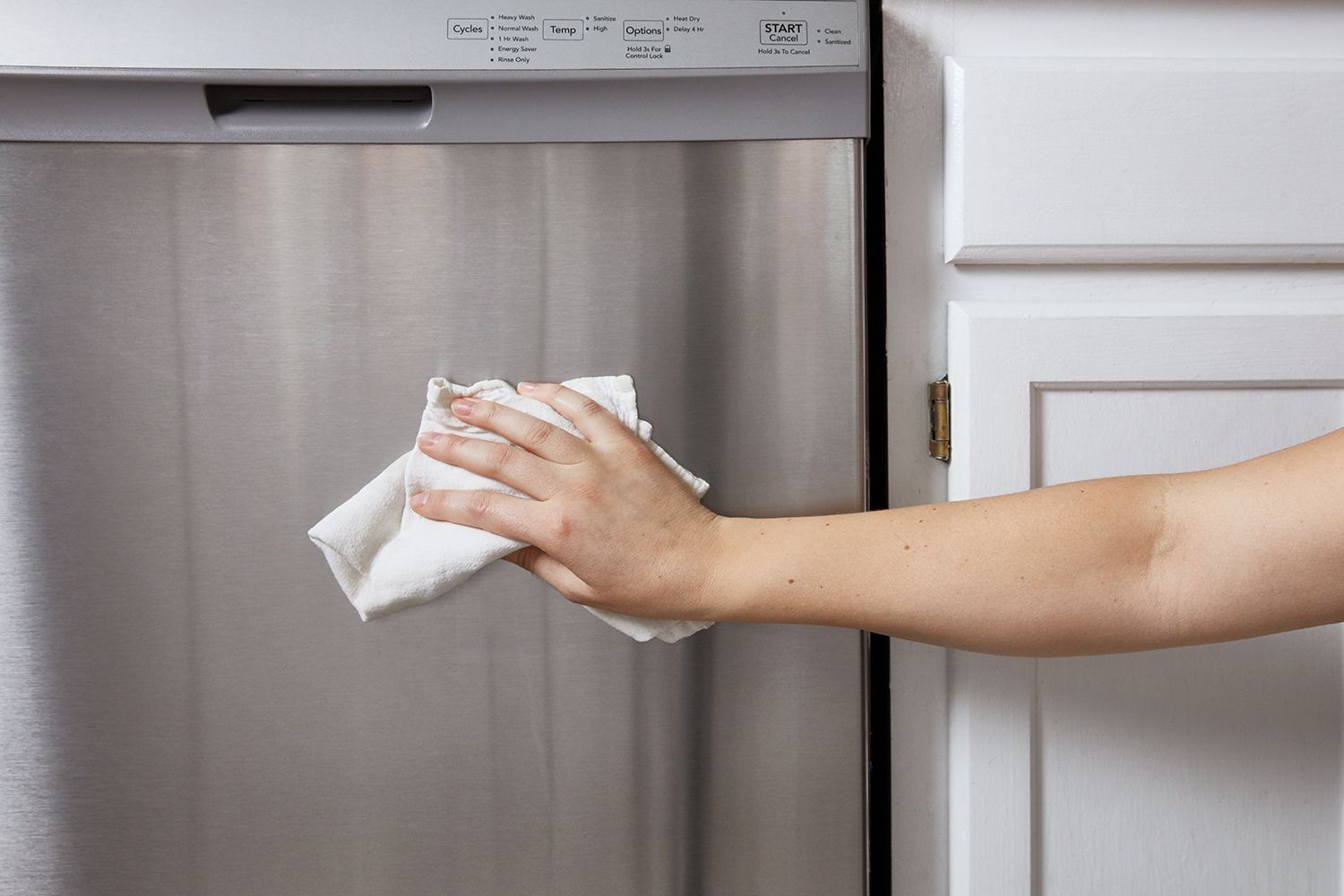
The sustainability of stainless steel, particularly grade 304, is integral to its long-term viability in various applications. This involves considering its social impact with regards to human health and safety, environmental aspects such as emission reduction and recyclability, and economic factors such as industry growth and fair labor practices.
Organizations like the World Stainless Association play a significant role in promoting sustainable practices within the stainless steel industry.
In the domain of sustainability, ensuring the social aspect encompasses human health and safety throughout the lifecycle of materials is essential.
Worker Safety: Implementing practices that safeguard the well-being of those involved in production processes.
Community Impact: Considering the effects of material use on the local community and promoting practices that enhance community well-being.
Ethical Sourcing: Ensuring that materials are sourced ethically, promoting fair labor practices and safe working conditions.
These aspects are vital in fostering a sustainable environment where the social implications of material production and use are carefully considered and integrated into industry standards and practices.
Sustainability initiatives in the environmental domain prioritize minimizing emission footprints, emphasizing reuse and recyclability, and reducing maintenance costs to mitigate environmental impact. Conservation efforts play an essential role in ensuring the longevity and sustainability of materials like 304 stainless steel. By emphasizing sustainable practices such as green initiatives and eco-friendly solutions, the environmental impact of stainless steel production and usage can be greatly reduced.
Implementing strategies that support minimal waste generation and long product lifespan contributes to overall environmental health. Stainless steel, known for its durability and recyclability, aligns with these principles, making it a favorable choice for industries aiming to reduce their carbon footprint and promote environmental stewardship.
Promoting economic sustainability in industries involves fostering reliable supply chains and guaranteeing high-quality product delivery to customers.
Economic Impact: Industries must demonstrate long-term sustainability and growth to promote economic development in communities.
Sustainability Practices: Maintaining a strong and dependable supply chain guarantees fair wages and working conditions for employees.
Recycling Benefits: Emphasizing recyclability and reuse reduces waste generation and environmental impact.
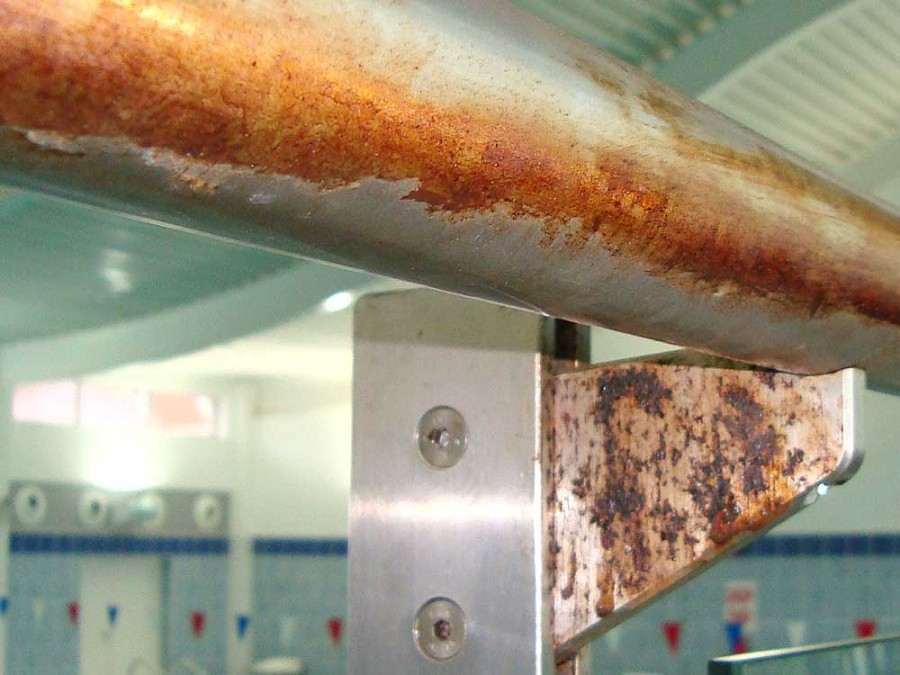
Stainless steel rusts due to the presence of iron and exposure to oxygen, leading to the formation of a protective oxide layer. This process can be influenced by various factors, impacting the material's longevity and performance.
Rust prevention techniques play an essential role in maintaining stainless steel integrity.
Effective surface treatments can enhance the corrosion resistance of stainless steel.
Implementing proper corrosion control measures is vital for prolonging the lifespan of stainless steel products.
You may also like:
Will 201 stainless steel rust?
Sustainability practices and proper maintenance have a substantial impact on the longevity of stainless steel products. Material composition, corrosion prevention, and quality control play essential roles. Ensuring proper handling, storage, and inspection further enhance the lifespan.
Environmental factors impacting the life expectancy of 304 stainless steel include corrosion resistance, temperature fluctuations, chemical exposure, surface finish, and mechanical stress. These elements influence the longevity and performance of stainless steel products in various applications.
Improper handling during processing of 304 stainless steel can compromise longevity through processing errors leading to corrosion. Maintenance practices play an important role in preventing material degradation. Attention to detail in processing is essential.
To prevent rust and maintain 304 stainless steel pipes, implement surface cleaning, corrosion prevention coatings, regular maintenance, proper storage practices, and quality control testing. These measures guarantee longevity and quality in stainless steel applications.
What is food grade 304 stainless steel?
Is 304 stainless steel surgical grade?
Mastering 304 Stainless Steel Square Tubing: Complete Guide
Exploring the Versatility and Durability of 304 Stainless Steel Round Tubing: A Comprehensive Guide
What Is the Difference Between 201 and 304 Stainless Steel?
To summarize, the life expectancy of 304 stainless steel is greatly extended due to its exceptional corrosion resistance properties and durability.
Factors such as proper maintenance, surface protection, and adherence to installation guidelines play a vital role in extending its lifespan.
Despite potential challenges, the natural corrosion resistance of 304 stainless steel, along with its recyclability and sustainability, make it a reliable and long-lasting material for various applications.


